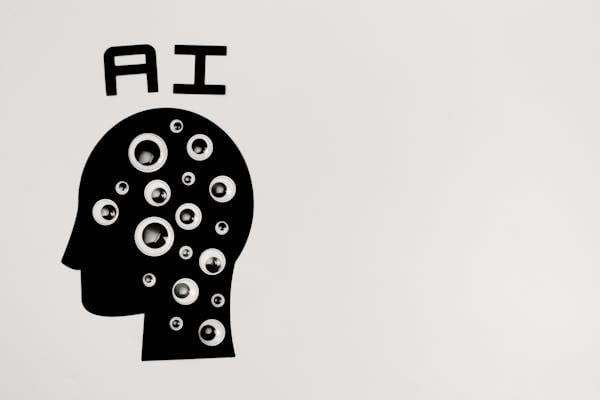Search engine optimisation is the practice of optimizing a website to improve its organic search engine results. It involves keyword research, on-page optimization, and link building.
The goal of SEO is to attract customers, clients or an audience that keeps coming back. The technical optimization is like your defense, the on-page is your offense and the off-site is how you grow your fan base. Discover more at Order SEO Audit now.
Keyword research
Search engine optimization is an essential component of any marketing strategy, allowing businesses to rank higher in search results and drive traffic to their websites. It also helps them connect with their audiences and customers, leading to increased visibility, sales, and revenue.
Keyword research is a critical first step in SEO, and it provides valuable insights into the queries that your audience uses to find your products and services. It also identifies keywords that have high search volume and competitiveness, which can be prioritized for your campaign.
The key to keyword research is understanding your audience’s needs and goals. This information can be gathered through analyzing the types of searches your competitors receive, analysing their pages and content, and conducting interviews with your audience. You can also use tools such as Google Ads Keyword Planner and SEMRush to identify keyword opportunities. These tools can provide a range of related terms and their search volume, as well as ranking difficulty.
On-page optimization
One of the most important aspects of search engine optimisation is on-page optimization. It involves ensuring that your website’s content is optimized for search engines and provides an excellent user experience. This is done by using best practices, such as including keywords in titles and meta descriptions, adding alt text to images, ensuring that URLs contain relevant words instead of strings of numbers, and using schema markup to specify the content meaning of your pages.
While on-page optimization is an essential part of SEO, it is crucial to remember that your website is intended for users, not search engines. Search engines will punish websites that use keyword stuffing or other “robotic” practices, and may even ban them from their rankings altogether. Search engine optimization should focus on creating high-quality content that answers the queries of real people, which will help to improve your visibility in SERPs. Additionally, a well-optimized site can reduce the need for contact centers and save your users’ time.
Link building
In the world of search engine optimization (SEO), link building is one of the most important tasks. It is a method that helps marketers and business owners build a network of links to their content. These links show Google that the content is worth a mention and increase its authority.
However, many SEOs use questionable link building tactics to boost their rankings. These techniques include posting on forums, communities, and Q&A sites. They are easy to implement and often provide a quick and cheap way to boost a page’s ranking.
It seems intuitive that a link from the New York Times is more valuable than a link from your friend’s small travel blog. Fortunately, SEO engineers have developed methods to combat spammy link profiles and penalize those who use them. Nevertheless, it is still important to avoid these types of links. They are low-quality and can put your SEO efforts at risk.
Content creation
Content creation encompasses all the copywriting, design and other media that connect you to your audience. It’s a process that requires flexing creative muscles to develop relevant, useful and valuable content that matches search intent.
Using your SEO research to optimize content for two primary audiences – people and search engines – is key to a successful content strategy. For people, this means writing informative, engaging content that answers their questions. For search engines, it’s important to use keyword variations in your content and create a structured site that is easy to crawl.
To optimize your content for search, focus on keywords that match your target audience’s interests and use them throughout your website. It’s also important to have a clear call to action and include links in your content. This can increase engagement and lead to more direct traffic, which ultimately leads to more sales, subscribers or customers. It’s also a good idea to avoid keyword stuffing, which has been proven to hurt your SEO efforts.

